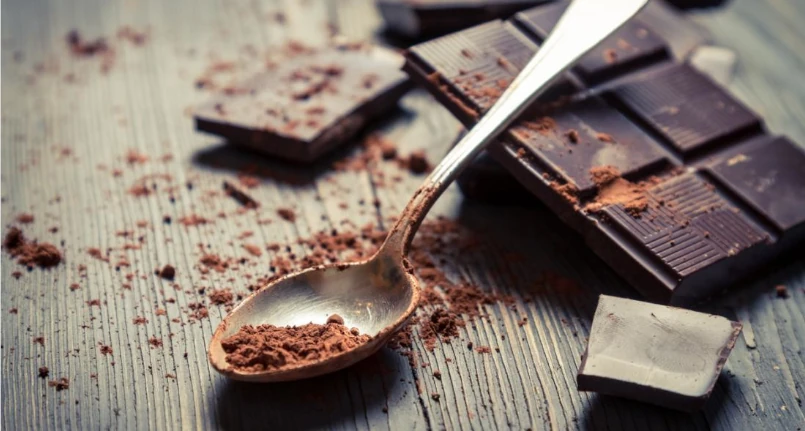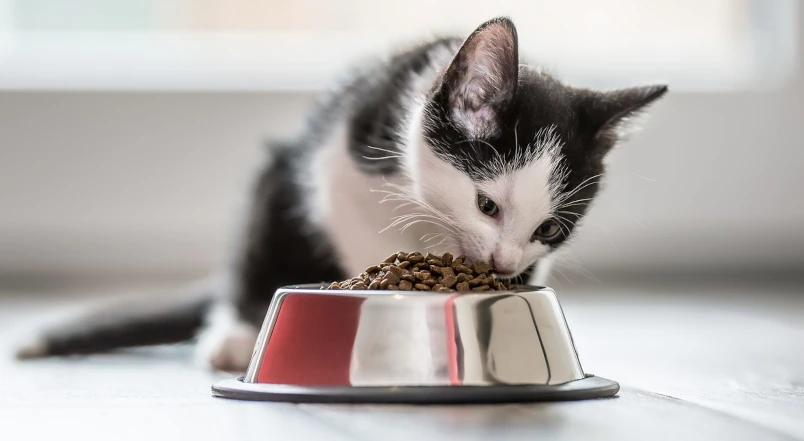Definition and mechanism – positive and negative aspects
Salt cooking is an ancient process to be associated with heat treatment in the oven . It is a variation of cooking en papillote (or bag), and uses the same principle as vacuum- packed cooking.
Salt cooking is applied above all to fish and crustaceans , but there are also various pieces of meat and some vegetables . It is based on the total coating of the food which, thanks to an effective shielding, undergoes the influence of temperature without losing large quantities of liquids. Cooking in salt allows the food to be packaged regardless of the addition ofwater , wine , juices and cooking fats ; for this reason, it is a method that is part of the so-called dietetic cuisine . There are no downsides to cooking with salt, as long as you remember to prevent foods from absorbing large quantities of it. At the end of cooking in salt, the coating must be cut (with a hammer or a knife) which will allow the food contained in it to be extracted.
Variations of cooking with salt
There are many variations of salt cooking. The basic procedure involves covering the product (top, bottom and side) with coarse dry salt in proportions of 1.5kg of mineral per 1.0kg of produce. The salt in contact with the food, partially dissolving by dilution in the organic fluids and drying immediately after by the action of the heat, crystallizes giving shape to a more or less thick rigid cap.
Salt cooking can also be carried out using a mixture of coarse and fine salt (the latter generally ≤50% of the total), perhaps enriched with aromatic herbs, spices and sugar, kept dry or mixed with water; for cooking in salt which involves carving the coating (“artistic” carving), the mixture can be integrated with egg whites and/or flour .
It is important to underline that the salt should NOT touch the tissues deprived of the external coating (skin and, sometimes, scales) of fish and meat but , by choosing a mixture composed ONLY of coarse salt, it is sometimes possible to use it also on cut products “raw” such as loins and fillets; obviously, at the end of the process, it will be the operator’s responsibility to carefully remove all mineral residues.
Temperatures and times for cooking fish and meat in salt
Cooking in salt is carried out at rather high temperatures, generally between 180 and 200°C (with the oven already hot). For a correct estimate of the times (as it is not possible to evaluate the food consistency in the presence of the cap), it is advisable to calculate about 30′ for each kg of fish weight ; for meat the timing is longer: about 40’/kg in rare cooking and up to 50′ for complete cooking. We remind you that both the shape and the possible presence of bones can change the cooking time, increasing it significantly.




